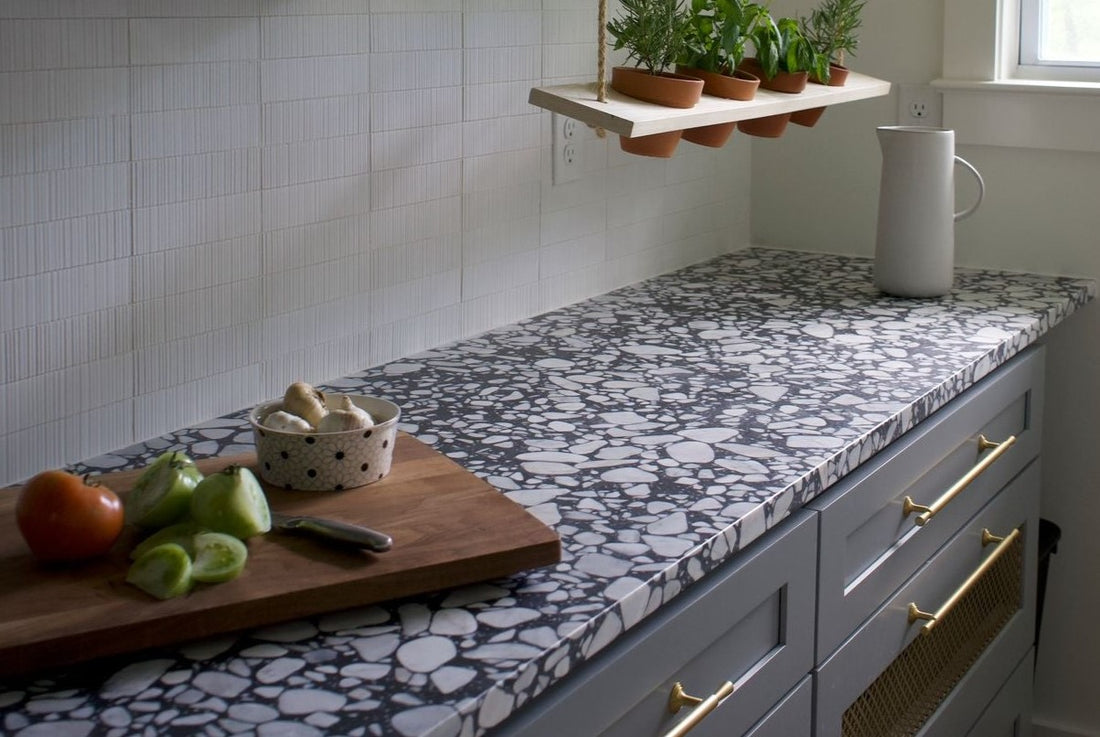Embarking on a kitchen or cabinetry project is an exciting endeavor, and one aspect that deserves thoughtful consideration is the placement of cabinet hardware. Achieving an aesthetically pleasing and functional result involves a delicate balance of height and spacing. Here's a practical guide with recommendations that you can follow to master the art of cabinet hardware placement.
Find the Right Height:
- Consistency is Key: Aim for a consistent height for your cabinet pulls or knobs. This creates a sense of uniformity and order, contributing to a cohesive design. Ideally, position them vertically at a height that aligns with nearby features or the overall aesthetic of the space.
- Ergonomics Matter: Consider the ergonomics of hardware placement. For pulls, a comfortable height is generally between 2.5 to 4 inches from the bottom edge of the cabinet door or drawer (for standard drawer sizes). This ensures that the hardware is easily reachable and user-friendly for everyone in the household.
- Architectural Harmony: Work with the architectural elements of the space. Aligning the hardware with the horizontal lines of the cabinetry or maintaining proportional relationships with nearby features creates a visually pleasing and integrated look.
Master the Art of Spacing:
- Center-to-Center Measurement: The center-to-center measurement, or the distance between the screw holes, plays a pivotal role. For consistency, especially with drawer pulls, stick to a common center-to-center measurement across your drawers of similar size. This creates visual order and symmetry.
- Consider Cabinet Type: Tailor your spacing to the type of cabinet. For upper cabinets, a slightly more condensed arrangement may be suitable, while lower cabinets or drawers often benefit from slightly wider spacing. Adjust based on the size and function of the cabinet.
- Visual Balance and Proportion: Strive for visual balance through proportional spacing. Larger drawers or cabinets can accommodate wider spacing, while smaller ones benefit from a more compact arrangement. Experiment with different spacing options to find what visually appeals to your design sensibility.
Practical Tips for Flawless Arrangement:
- Mock Layouts: Before committing to hardware placement, create mock layouts using paper templates or painter's tape. This visualizes different options without making permanent adjustments.
- Consider the Overall Design: On your mock layouts, align hardware placement with the overall design aesthetic. Modern kitchens may benefit from streamlined and linear arrangements, while traditional spaces might embrace a more ornate and evenly spaced layout.
- Personalize for Comfort: Prioritize the comfort and preferences of those who will be using the cabinetry regularly. Hardware placement should enhance functionality and usability based on the habits of your household.
- Test and Adjust on your Mocks: While you are working on your mock layouts, don't be afraid to test different arrangements and make adjustments. The goal is to achieve a balanced and visually pleasing result that aligns with your design vision. But remember, once you drill into your actual cabinets, it is very difficult to adjust after that without repairing your cabinets.
By following these practical recommendations, you can approach cabinet hardware placement with confidence. Remember, it's about finding a balance that complements both the aesthetics and functionality of your space.
Whether you're renovating a kitchen or revamping cabinets throughout your home, this guide is designed to help you master the art of cabinet hardware placement for a polished and harmonious result.

